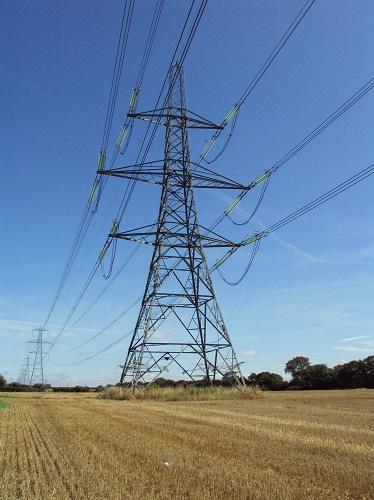Why has DFARS been used to address DIB cybersecurity
Cybersecurity Is One Of The Biggest Risk Nations, Organisations, And Society Face
Cyber is the biggest non-financial risk faced by nation-states and their governments, alongside climate change, military conflict, and geopolitical risks. Cyber is a risk to national security, economic security, and the security of society. Cyber is a threat vector that is increasingly being used as a tool to destabilize nation-states through targeted attacks against the public and private sectors and pre-positioning within critical national infrastructure (CNI). The political, economic, and societal impact of cyber-attacks is broad and deep.
Cyber risks are a unique category of risk, as a single cyber attack can simultaneously impact national security, organizational security, and economic stability. Cyberattacks against SolarWinds, UnitedHealth, and CDK in the United States demonstrated the impact on national technology services (SolarWinds), national healthcare (UnitedHealth), and national automotive distribution (CDK). While cyber attacks against Jaguar Land Rover and Collins Aerospace have demonstrated the effect of cyber attacks against logistics networks and suppliers (JLR) and UK and European air transport Infrastructure (Collins Aerospace).



 Why did the US DoD adopt CMMC
Why did the US DoD adopt CMMC 



